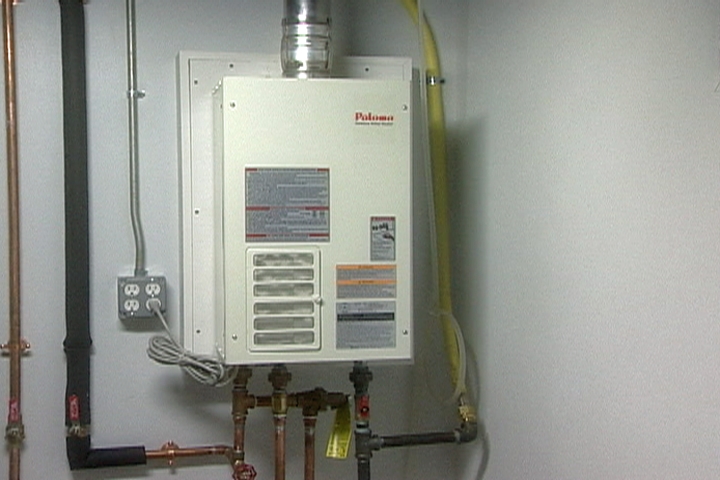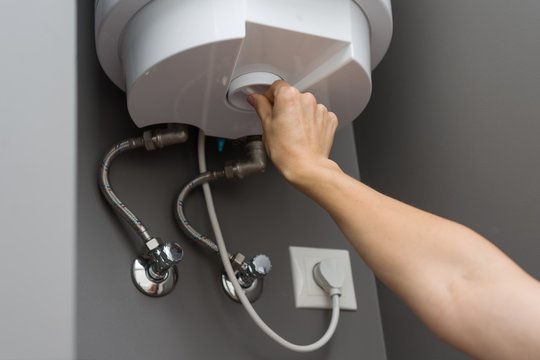How to Extend the Lifespan of Your Home's Hot Water System By Maintenance
How to Extend the Lifespan of Your Home's Hot Water System By Maintenance
Blog Article
What're your opinions on What Kind of Maintenance Do Water Heaters Need??

Hot water is essential for everyday comfort, whether it's for a revitalizing shower or cleaning dishes. To guarantee your warm water system runs efficiently and lasts much longer, normal upkeep is essential. This write-up supplies useful tips and understandings on exactly how to maintain your home's warm water system to avoid disturbances and expensive repairs.
Intro
Maintaining your home's hot water system could seem daunting, however with a few straightforward steps, you can guarantee it runs smoothly for several years to find. This overview covers whatever from recognizing your hot water system to DIY upkeep tips and recognizing when to employ specialist help.
Value of Maintaining Your Hot Water System
Regular upkeep not just expands the lifespan of your hot water system but likewise ensures it operates successfully. Overlooking maintenance can cause decreased performance, greater power bills, and even early failure of the system.
Indications Your Warm Water System Needs Upkeep
Understanding when your warm water system requires interest can avoid major concerns. Keep an eye out for signs such as inconsistent water temperature level, strange sounds from the heating unit, or rusty water.
Understanding Your Hot Water System
Before diving into upkeep jobs, it's practical to understand the basic parts of your warm water system. Commonly, this includes the water heater itself, pipes, anode rods, and temperature level controls.
Regular Monthly Upkeep Tasks
Normal month-to-month checks can help capture small concerns before they intensify.
Flushing the Water Heater
Flushing your hot water heater eliminates sediment build-up, enhancing efficiency and lengthening its life.
Checking and Changing Anode Rods
Anode poles stop rust inside the container. Evaluating and replacing them when worn is critical.
Examining and Changing Temperature Settings
Adjusting the temperature settings makes sure optimum efficiency and safety and security.
DIY Tips for Maintenance
You can do a number of upkeep tasks on your own to maintain your hot water system in top condition.
Checking for Leakages
On a regular basis inspect pipelines and connections for leaks, as these can result in water damage and higher costs.
Checking Pressure Alleviation Valves
Testing the pressure safety valve guarantees it operates correctly and prevents extreme pressure build-up.
Shielding Pipes
Insulating warm water pipelines minimizes warmth loss and can save energy.
When to Call a Specialist
While do it yourself maintenance is valuable, some problems require expert experience.
Complex Issues Needing Professional Assistance
Examples consist of significant leakages, electric problems, or if your water heater is constantly underperforming.
Routine Specialist Upkeep Benefits
Expert maintenance can consist of complete inspections, tune-ups, and making sure conformity with safety criteria.
Verdict
Normal upkeep of your home's hot water system is necessary for efficiency, long life, and expense savings. By following these suggestions and understanding when to seek professional aid, you can ensure a reputable supply of warm water without unexpected disruptions.
How to Maintain an Instant Hot Water Heater
Before tinkering with your hot water heater, make sure that it’s not powered on. You also have to turn off the main circuit breaker and shut off the main gas line to prevent accidents. Also turn off the water valves connected to your unit to prevent water from flowing into and out of the appliance. 2. When you’re done, you have to detach the purge valves’ caps. These look like the letter “T†and are situated on either side of the water valves. Doing so will release any pressure that has accumulated inside the valves while at the same time avoid hot water from shooting out and burning your skin. 3. When the purge valves’ caps are removed, you have to connect your hosing lines to the valves. Your unit should have come with three hoses but if it didn’t, you can purchase these things from any hardware or home repair shops. You can also get them from retail stores that sell water heating systems. Read the user’s manual and follow it to complete this task properly. When the hosing lines are connected, open the purge port’s valves. 4. You should never use harsh chemical cleaners or solutions when cleaning your unit. Make use of white vinegar instead. It should be undiluted and you’ll probably use about 2 gallons. 5. Now flush your water heater. This task should probably take about 40 minutes. We can’t give you specific directions for this because the procedure is carried out depending on the type, model and brand of your heater. With that being said, refer to the user’s manual. 6. When you’re done draining the unit, you have to turn off the purge port valves again. Remove the hosing lines that you earlier installed on each of the water valves. Put the valve caps (purge port) back in their respective places and be very careful so as not to damage the rubber discs that are found inside these caps. 7. Now that everything’s back in place, check your user’s manual again to find out how to reactivate your water heating system. 8. Once it is working, turn one of your hot water faucets on just to let air pass through the heater’s water supply pipes. Leave the tap on until water flows smoothly out of it. https://www.orrplumbing.com/blog/2014/september/how-to-maintain-an-instant-hot-water-heater/

As an avid person who reads about How to Maintain a Hot Water Heater in a Few Simple Steps, I was thinking sharing that information was beneficial. Appreciated our entry? Please quickly share it. Help somebody else find it. We take joy in your readership.
Click Here To Read More Report this page